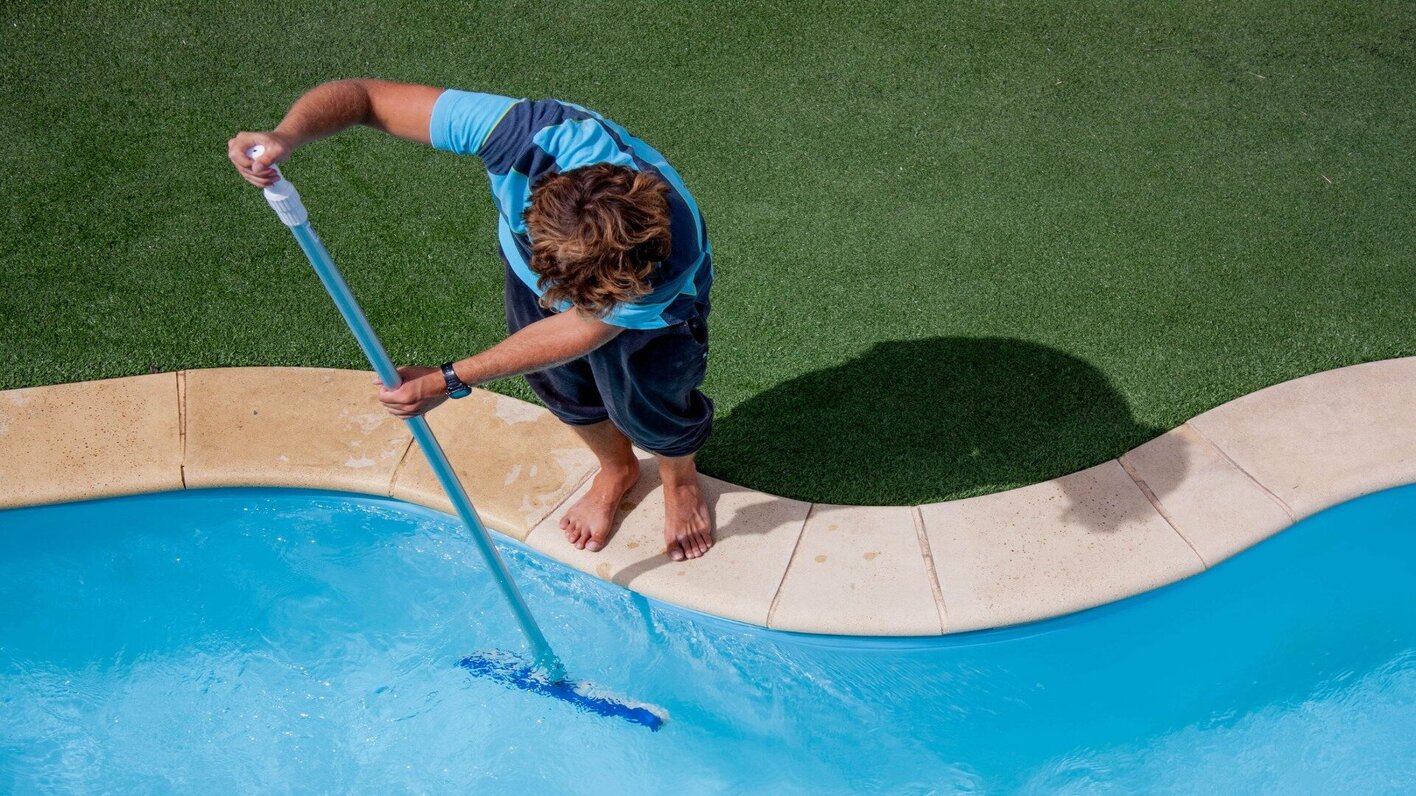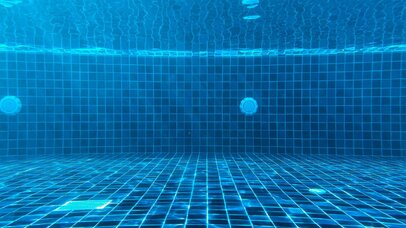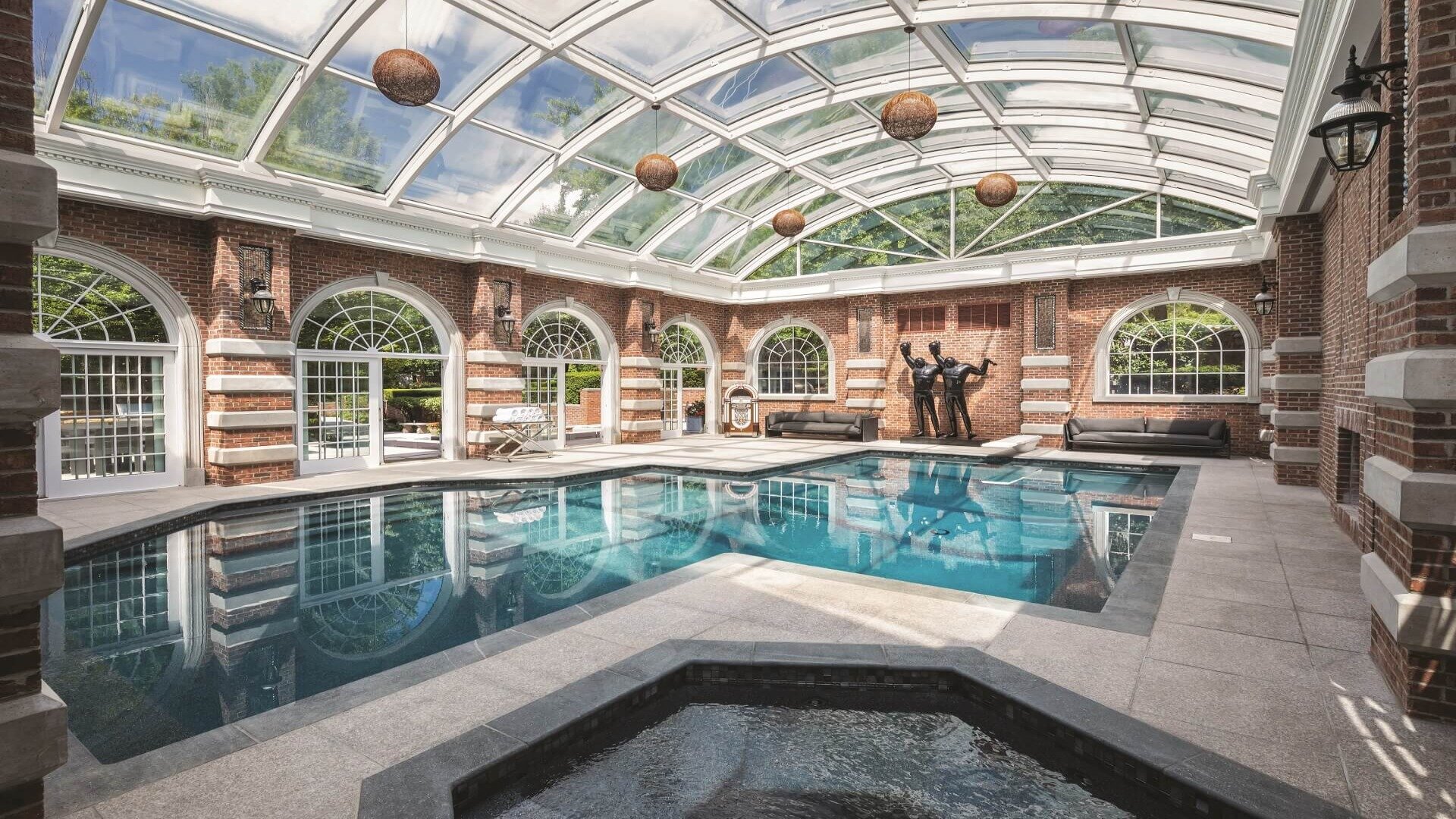
Owning an indoor swimming pool is a luxury that allows you to enjoy swimming no matter the weather outside. However, keeping an indoor pool clean and properly maintained takes consistent effort. While it may seem like a lot of work at first, establishing simple routine cleaning and maintenance tasks is essential to keep your indoor swimming pool water sparkling, clear, healthy, and inviting for swimming.
In this guide, we’ll cover everything you need to know to care for your indoor pool. We’ll discuss cleaning checklists, water testing, chemical adjustment, and filter care. We aim to demystify the maintenance process and help you develop habits that transform pool upkeep into quick and easy tasks. A well-maintained pool not only swims better, it’s safer for your family and requires less troubleshooting of issues down the road.
Whether you’re a new indoor pool owner or you’ve had your pool for years, the tips in this article will ensure sparkling swimming all year round. Let’s get started with the basics of cleaning and water chemistry. Developing a solid foundation of knowledge and routine will allow you to enjoy your pool, leaving behind cloudy, simply contaminated water troubles forever.
Cleaning and Maintenance Basics
Cleaning and maintenance form the foundation for safely enjoying your indoor pool. The best place to start is with regular weekly cleaning. Aim to vacuum the bottom at least once per week to remove debris.
Use a telescoping pole attachment to brush the walls and vacuum the crevices where water meets the tiles. This helps remove bacteria and prevents algae growth.
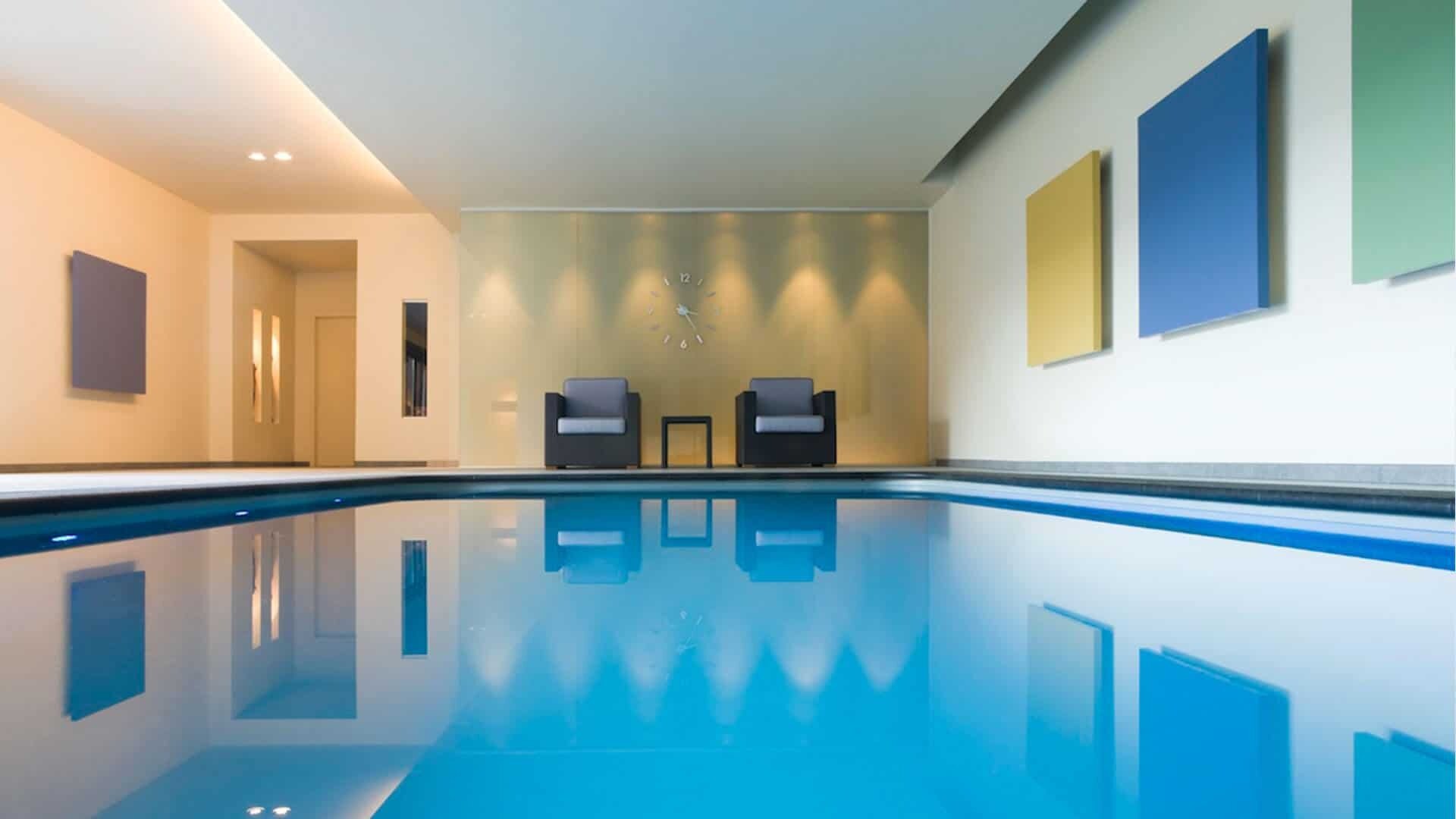
Don’t forget to skim the water’s surface each day to remove any leaves, bugs, or other floating particles. Maintaining proper water chemistry through routine testing and chemical balancing is also crucial.
Test the water’s pH level, liquid chlorine, and total alkalinity weekly to ensure they are in the recommended ranges to keep your water sparkling, clear and sanitised. If you don’t take care to manage and maintain your pool’s water balance, specifically levels of pH, alkalinity, and calcium hardness, your pool won’t just lose its sparkle. Addressing any imbalances with balancing chemicals is important for preventing issues down the road.
The Filtration System
Taking care of your pool’s filtration system is essential for crystal-clear water. The system removes microscopic debris and circulates the water.
Most residential pools use cartridge, sand filters, or DE (diatomaceous earth) filters. With cartridge filters, clean or replace the cartridges every 2-4 weeks, depending on usage.
This prevents build up that reduces flow. All filters should be backwashed every 1-2 weeks or when the pressure gauge indicates.
This process reverses water flow to rinse accumulated dirt out of the filter media. Check your pump basket pool regularly as well, rinsing it after each backwash. You’ll also need to check and empty the skimmer basket on a weekly basis.
Keeping your filtration components clean and functioning properly ensures maximum water quality with minimum hassles. Properly caring for this important system is a key part of the indoor pool maintenance routine.
Water Testing and Balancing
Testing your pool’s water chemistry and adjusting it as needed is vital to maintain that just-out-of-the-pool clarity. Use a professional-grade test kit to measure your pool’s pH, chlorine level, and total alkalinity on a weekly basis. You need to take a sample of your pool water to your local pool shop for testing.
These three factors should work together harmoniously. The ideal pH range is generally between 7.2-7.8. Chlorine levels should be 1-3 ppm.
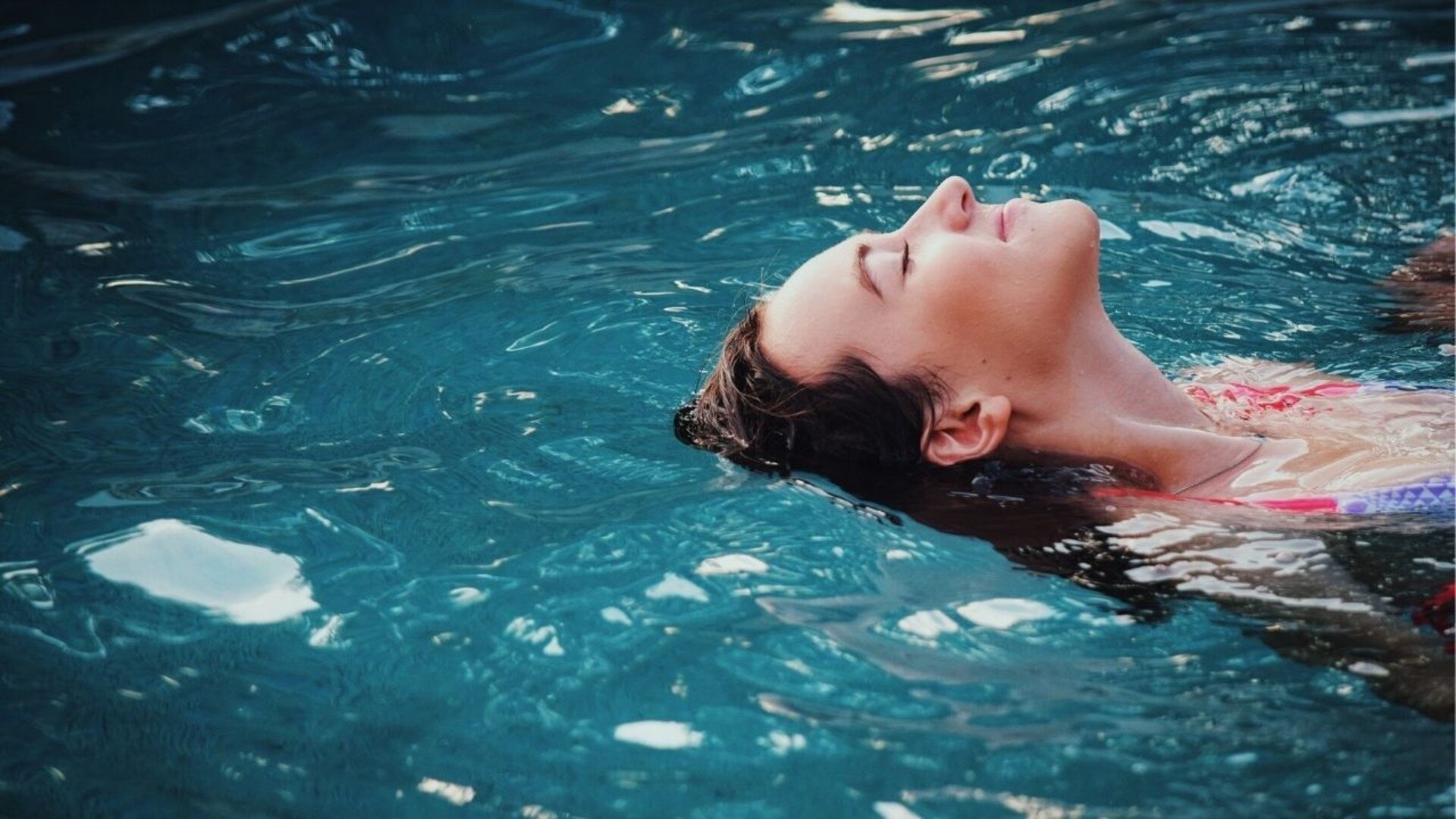
And alkalinity around 80-120 ppm. If levels aren’t in range, use the appropriate balancing chemical—typically sodium bisulphate to lower pH, sodium bicarbonate to raise it, or chlorine or bromine to boost sanitisation—to bring everything back into balance. Paying close attention to your numbers and making minor tweaks as needed can prevent unsanitary or uncomfortable conditions from disrupting your swimming fun.
Deep Cleaning Your Pool
While routine vacuuming and brushings keep debris at bay, undertaking a deep clean a few times per year is important for indoor pool maintenance. The first step is shocking the pool, also called superchlorination.
This process involves raising the chlorine level to between 20-30 ppm for 24 hours to sanitise the water fully. It kills any contaminants that routine levels may miss.
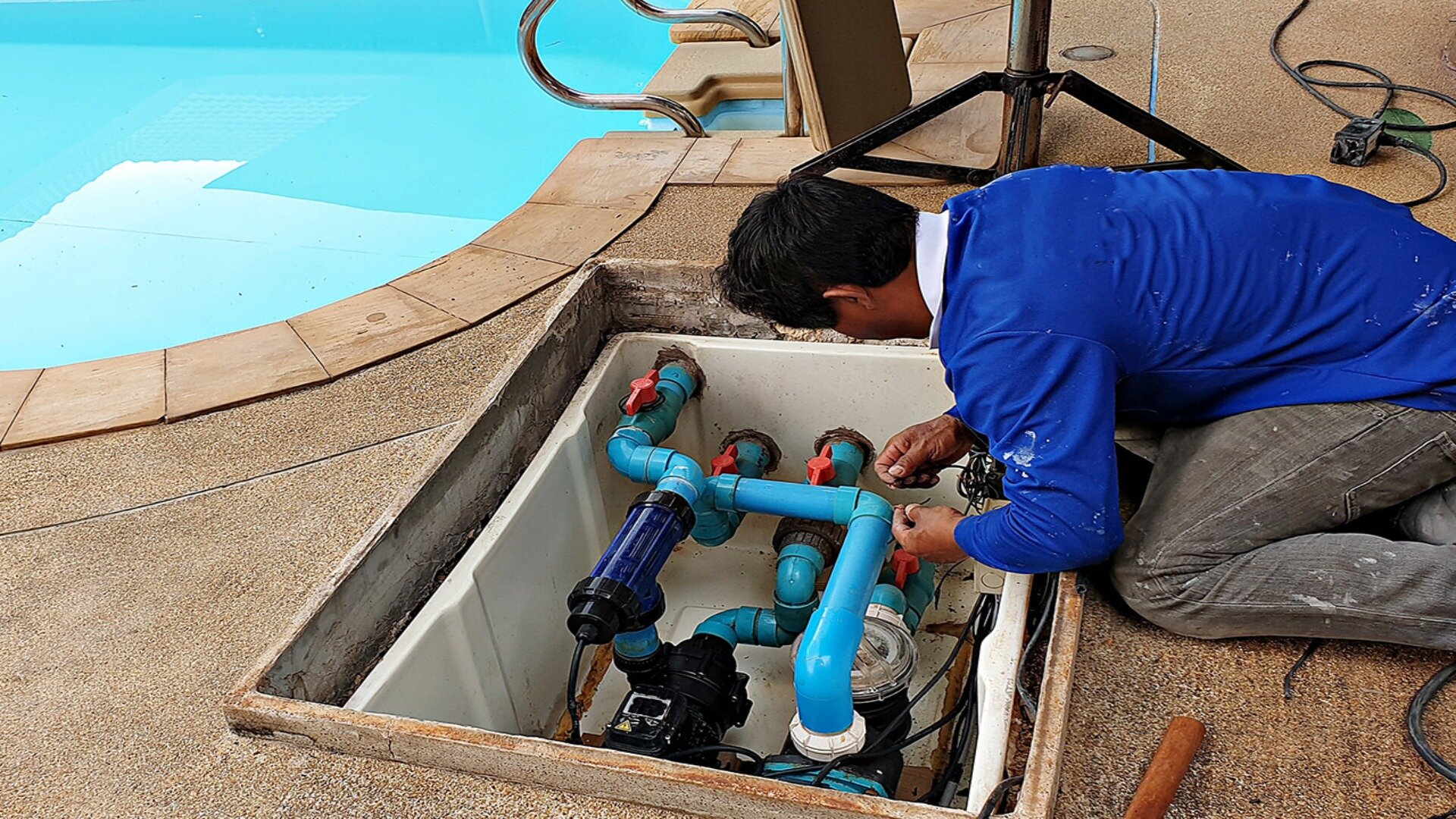
Then, you can manually scrub the pool surfaces. Use a long-handled brush or scrubber to remove a layer of scum or embedded grime from the pool’s walls and floor.
Consider draining 10-15% of the water at this time as well to clean out the system fully. Refilling with fresh water restores ideal chemistry levels. Deep cleaning keeps surfaces gleaming and prevents neglected dirt from spreading bacteria over time.
Preventative Pool Maintenance
While regular maintenance keeps your pool in top shape, focusing on preventative care can reduce long-term issues down the road. Inspect pool equipment like pumps, filters, heaters, and motors monthly for any signs of wear.
Make repairs promptly. Also, pay attention to hoses, ensuring none show cracks or leaks that could cause water loss or chemical imbalances over time.
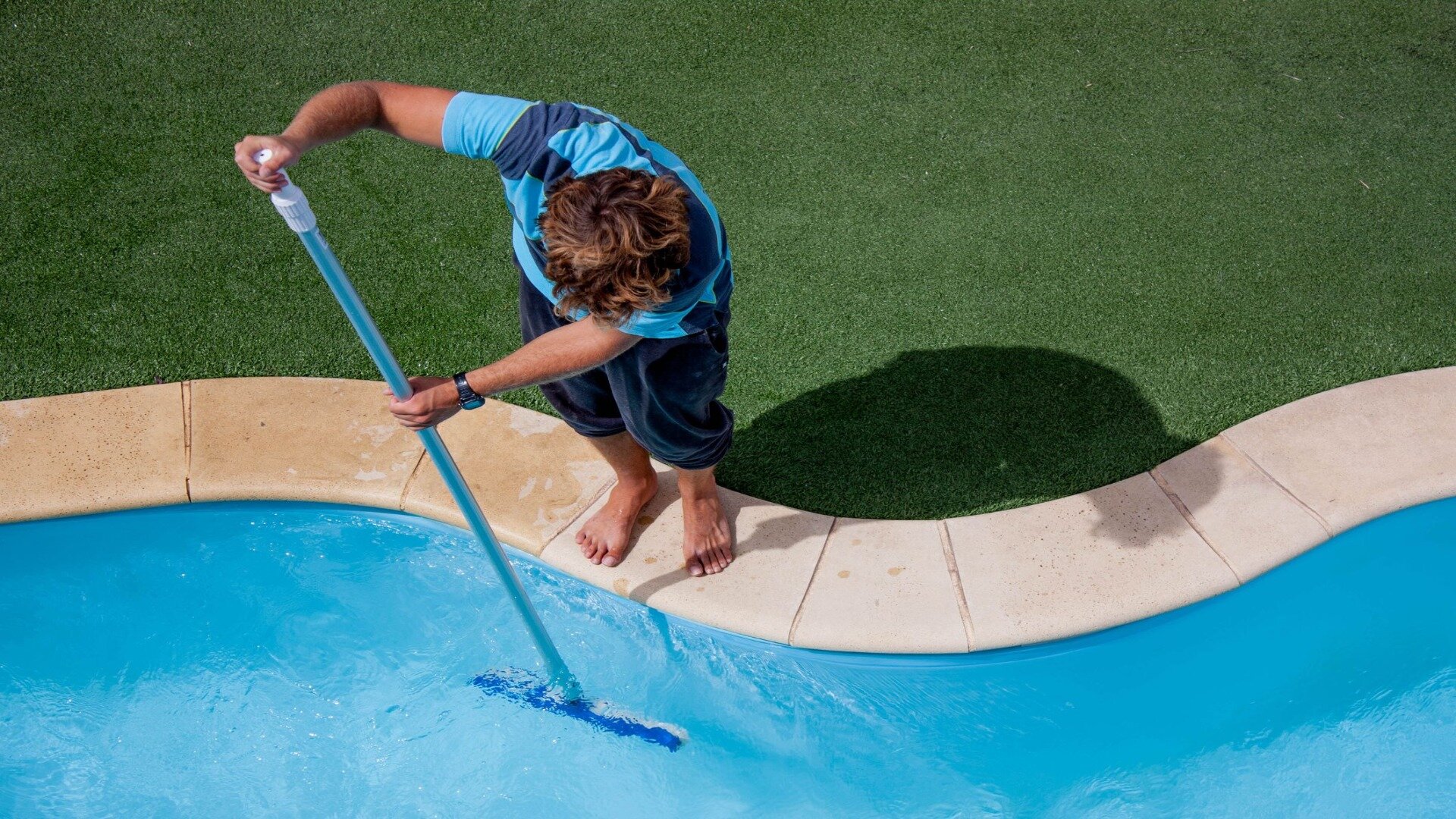
Safety equipment like your pool alarm and floating safety rope should be checked before each swim season. During fall or winter, protect your indoor pool from seasonal changes by partially draining the water, installing pool blankets, turning off the heat pump or heater, and bringing in pool chemicals for storage. With preventative maintenance, you’ll minimise equipment failures or water issues and keep your pool running smoothly all year long.
Record Keeping and Checklists
For any indoor pool owner, organisation is key. Keeping good records of your water test results and maintenance performed will help you monitor your pool’s water quality over time and address any developing problems early on.
It also makes the maintenance process more efficient. Create a binder or digital file to log weekly pH, chlorine, and alkalinity readings along with the chemicals added.
Note dates equipment was cleaned or replaced. Use checklists that outline your monthly, quarterly, and seasonal tasks so everything runs smoothly.
Record keeping lets you consult past results for guidance. It provides clarity for a service pro if needed. Templates and checklists make routine care simple by reminding you when to vacuum, add shock, or backwash next. Organised records are invaluable for long-term pool care.
FAQs About Indoor Pool Maintenance
1. What’s the best way to clean an indoor pool?
Regular vacuuming is key to removing debris from the bottom. Use a telescoping pole to brush walls and scum lines daily. Skim the surface to remove leaves and bugs. Deep clean by shocking the pool periodically.
2. How often should I backwash my pool filter?
It depends on the type of filter, but on average, every 1-2 weeks or when the pressure gauge shows it’s time. This cleans accumulated debris from the pool’s filter media.
3. What are normal pH and chlorine levels for a pool?
The ideal pH is 7.4-7.6, and chlorine is 1-3 ppm for most effective sanitation and balanced water. Test weekly and adjust as needed.
4. Why is my pool water green?
High pH levels or inadequate sanitiser allow pool algae to grow, turning the water green. Shock the pool to sanitise and adjust chemicals to prevent algae growth.
5. How do I prevent clouds in my pool water?
Maintain balanced pH, alkalinity and sanitiser levels to avoid haziness or cloudy pool caused by scale formation or sulphur bacteria blooms. Brush surfaces frequently as well.
6. What chemicals do I need to balance my pool water?
Typically, you’ll need muriatic acid to lower pH, sodium bicarbonate to raise it, chlorine or bromine for sanitation, and an algaecide to prevent algae growth. Even saltwater pools need chlorine.
7. How do I close my indoor pool for winter?
Drain 50% of the water, add pool blankets or safety covers, turn off the pool pump or heater, bring in/store chemicals, and refill in spring before use.
8. Should I drain my pool each year?
No need to drain fully unless repairing surfaces. Partial water changes are fine for indoor pools, just be sure to refill to the correct levels.
9. What do I do if my pool water is cloudy?
Test levels and adjust pH or add chlorine as needed. If it persists, try scrubbing surfaces, changing the filter, and shocking the pool to restore clarity.
Ready to Splash with Proper Maintenance
With the right care and maintenance practices, your indoor pool will provide countless hours of clean, safe swimming enjoyment for years. Developing a routine of simple, weekly tasks and periodic deep cleans and inspections will prevent headaches down the road. While this guide covered the basics, indoor pool systems can still develop complex issues that sometimes require expert diagnosis from a pool builder.
If you find yourself struggling with persistent water clarity problems equipment failures, or have other questions about your unique pool setup, don’t hesitate to contact the experts. At The Pool Co., our certified professionals have decades of experience helping both residential and commercial pool owners with all their maintenance, repair and water treatment needs.
Whether you require periodic balancing or a full system overhaul, we ensure you can maximise every minute in your warm water oasis, even when it’s snowing outside. Give us a call today to consult with an indoor pool specialist. We’ll get your pool performing optimally once again.
